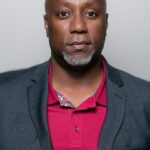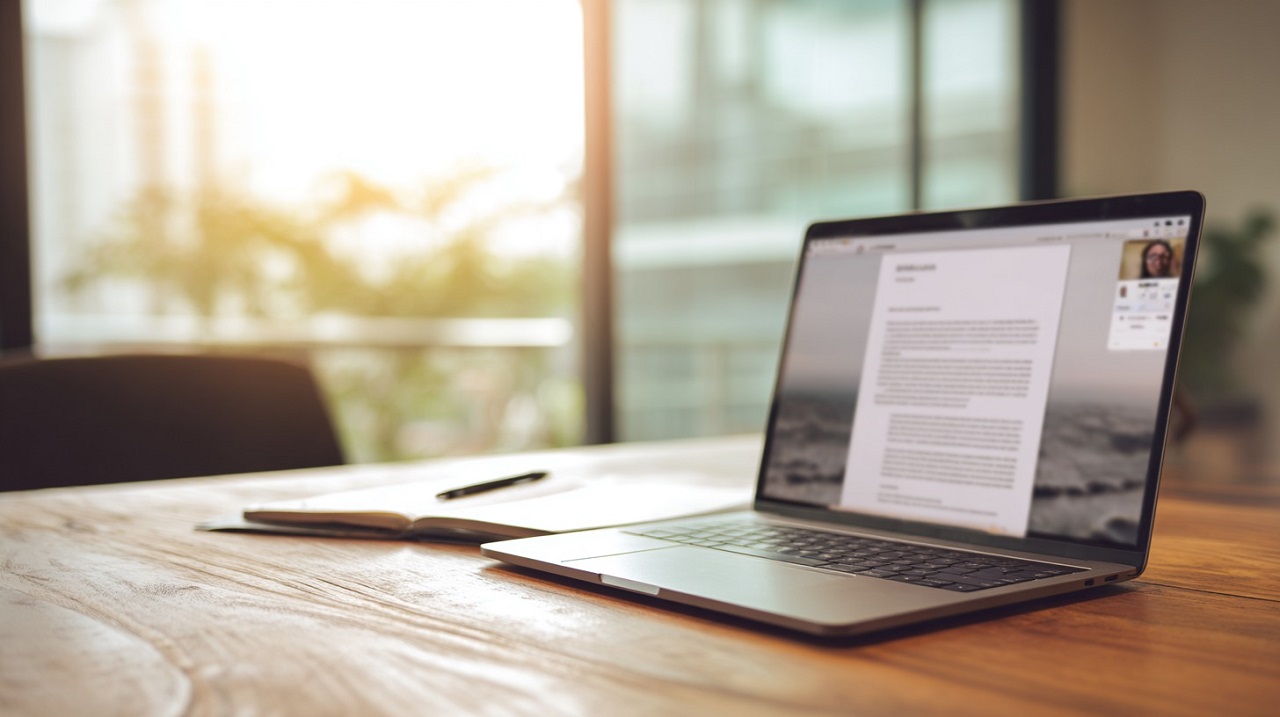In a world that thrives on connectivity, effective communication is key. For the Deaf and Hard of Hearing community, American Sign Language (ASL) is a lifeline that connects them to others, both personally and professionally. With the advent of video and on-site ASL interpretation services, barriers are being broken down, creating a more inclusive and accessible society for all.
Table of Contents
ToggleThe Digital Leap: Video ASL Interpretation Services
The digital age has brought about a revolutionary change in the way we communicate. Video ASL interpretation services have emerged as a vital tool for the Deaf and Hard of Hearing, enabling real-time communication with the hearing world. These services are not just a technological triumph but a social one, allowing for instant connectivity regardless of location.
Video Remote Interpreting (VRI) is particularly transformative. With just a few clicks, users can connect with certified ASL interpreters via a secure video link, ensuring that communication is not hampered by distance. This is crucial for emergency situations, healthcare appointments, and business meetings where clear communication is critical.
The Personal Touch: On-site ASL Interpretation Services
While technology has made strides in convenience, the importance of human interaction cannot be overstated. On-site ASL interpretation services provide a personal touch that is often necessary for complex or sensitive interactions. The presence of an interpreter can help navigate the nuances of ASL, which is as much about gesture and expression as it is about hand signs.
On-site interpreters are indispensable in educational settings, legal proceedings, and certain social services where the physical presence of an interpreter adds a layer of understanding and empathy that technology cannot replicate.
The Impact on Inclusivity and Accessibility
The availability of both video and on-site ASL interpretation services has had a profound impact on inclusivity and accessibility. Institutions and businesses adopting these services demonstrate a commitment to diversity and equality, acknowledging the importance of communication access as a right, not a privilege.
In education, ASL interpretation services have opened doors for Deaf students to participate fully in classroom activities. In the workplace, they ensure that Deaf employees are active and equal participants in all aspects of their professional environment.
The Future of ASL Interpretation Services
As technology evolves, so too will video ASL interpretation services, with advancements like AI and machine learning poised to enhance the accuracy and responsiveness of these tools. On-site services will continue to be irreplaceable in certain settings, benefiting from technological aids that streamline the process of scheduling and managing interpreters.
Conclusion
The blend of video and on-site ASL interpretation services is more than just a convenience; it’s a step toward a world where communication barriers are a thing of the past. By embracing these services, we are not only supporting the Deaf and Hard of Hearing community but also enriching our collective social experience, fostering an environment where everyone has a voice, and every voice is heard.







